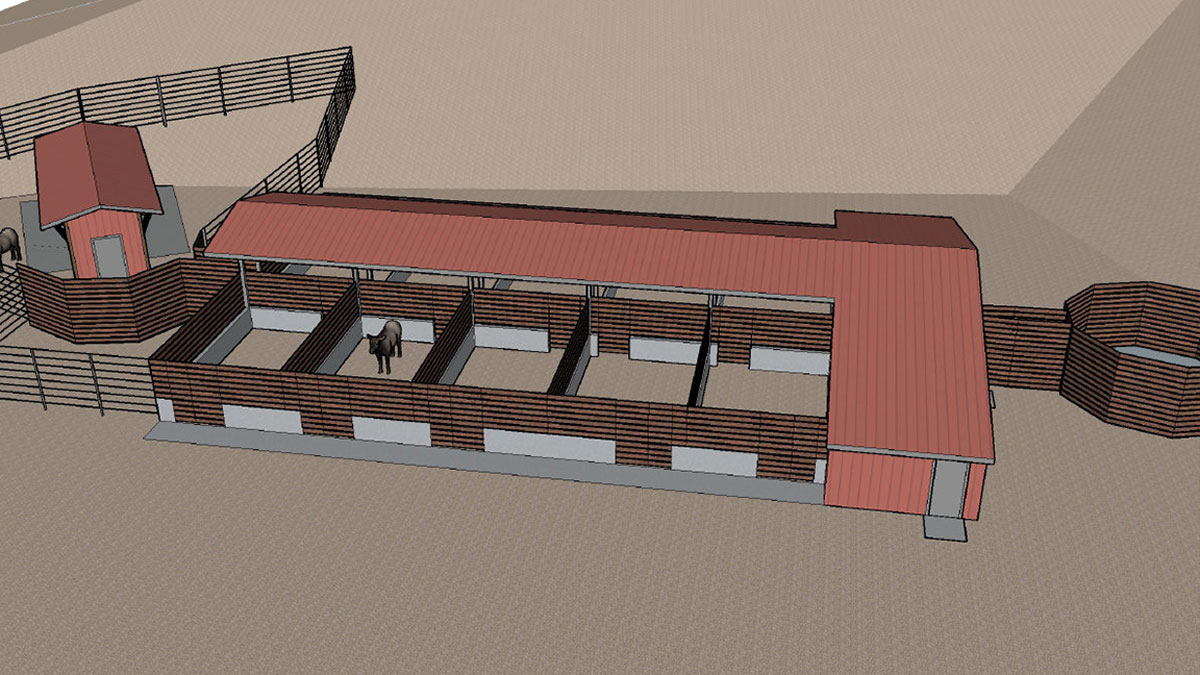Construction is underway on the Washington State University College of Veterinary Medicine’s elk hoof disease research facility.
Demolition of an existing structure on the Pullman campus will make way for the construction of the facility, estimated to cost $1.2 million when complete and to take up to a year to construct. The state-of-the-art facility will house captive elk needed to study the disease in a secure, controlled environment.
The proposed four-acre elk research facility includes 10 isolation pens, a handling facility, and two 1.5-acre holding pastures. Based within the Department of Veterinary Microbiology and Pathology, and with the oversight of WSU’s Environmental Health and Safety and animal care programs, the facility will provide optimal compliance with biosecurity and animal care and use regulation.
Elk hoof disease, known scientifically as Treponeme-associated hoof disease or TAHD, is an emerging disease of elk in Washington. Prior to 2008, only sporadic cases of limping elk with hoof deformities had been reported to the Washington Department of Fish and Wildlife. In 2008, those reports increased substantially, particularly in southwest Washington.
The disease has now been identified in elk herds across most of western Washington, as well as east of the Cascades in the Trout Lake and Walla Walla areas. Additionally, cases have been diagnosed in northern Oregon and western Idaho.
Findings from research conducted at the facility will aid wildlife agencies in managing the impacts of hoof disease in elk populations.
(Image source: Washington State University)
